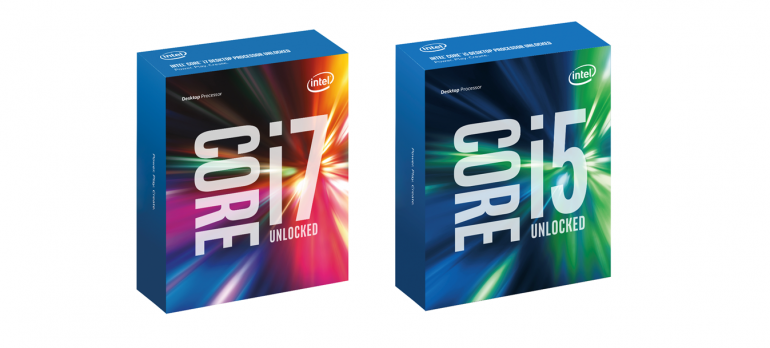For years Intel has been using its innovative tick-tock strategy, which many people consider the key to success for the company in the past decade. To put it in a simple way, Intel devised a new chip on a current tech process, then shrank the chip using a newer production process, and then released a new chip on the newer production process. Well, this will be no longer.
Intel has officially announced its departure from this tried and tested strategy and all this has come into existence due to a simple reason – it is harder and harder to shrink processors as Intel approaches atom levels. That’s why starting now the US company will use the same production process for at least three CPU generations. For instance the current and most advanced 14 nm production process was first used for the Broadwell processors (which are in fact shrunk 22 nm Haswell chips) and it is now used for Skylake processors. Intel will also release Skylake’s successor called Kaby Lake on 14 nm and only then will the company think of going down to 10 nm.
Intel believes that the new strategy will give the company time to optimize its production process, design new chips faster and shorten release cycles. AMD has been using this strategy for quite some time now, although there’s a serious chance that this is a coincidence – AMD’s FX chips have been produced for years on 32 nm, while AMD’s GPUs are stuck to 28 nm. This will change with Zen and Polaris, though – AMD will then catch up with Intel by directly transitioning to 14 nm.
Source: Anandtech.com
